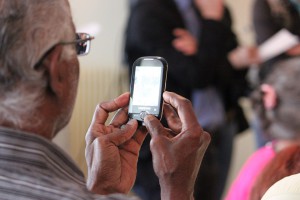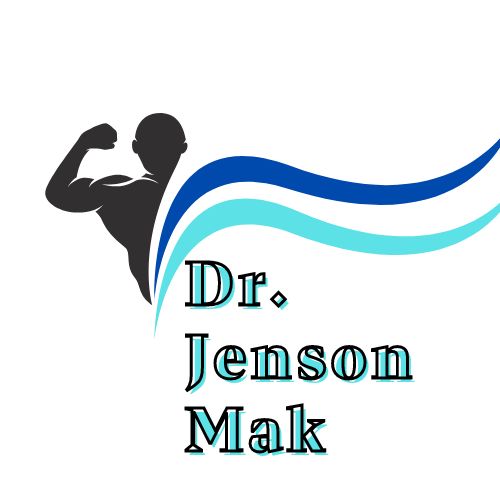 A significant part of healthy ageing is being connected to a community, to participating in society actively. In a world that in increasingly more digital, this can lead some seniors unable to connect. Seniors who are unfamiliar with -or made uncomfortable by- technology can have a difficult time adapting to this. A Pew Research study showed that of American seniors, only 54% over the age of 65 even have Internet access, and over the age of 77 that number drops to about ⅓ of all American seniors.
A significant part of healthy ageing is being connected to a community, to participating in society actively. In a world that in increasingly more digital, this can lead some seniors unable to connect. Seniors who are unfamiliar with -or made uncomfortable by- technology can have a difficult time adapting to this. A Pew Research study showed that of American seniors, only 54% over the age of 65 even have Internet access, and over the age of 77 that number drops to about ⅓ of all American seniors.
A dissertation at Umeå University in Sweden shows that occupational therapists who work with seniors in an Internet-based intervention programme have notable results in participation, a reduction in feelings of loneliness, and have seen a strengthening of the communities of the participating seniors’ social networks.
“Digitalisation is increasing the risk of excluding seniors who often can have limited experiences of Internet-based activities,” says Ellinor Larsson, doctoral student at the Department of Community Medicine and Rehabilitation. “A steadily increasing amount of everyday activities require access to the Internet, and to achieve increased participation in society, we need to pay attention to an increased inclusion of seniors. The senior citizen can also experience social change at the loss of loved ones, which makes the loneliness more evident. A joint effort focusing on how the well-being of the elderly can be promoted through meaningful Internet-based activities, is becoming more important in order to support the ageing population of today’s society.”
Seniors were interviews and evaluated to determines these results. In a relatively easy and low-cost solution, health-promoting efforts aimed at seniors not just living, but living well, can be developed by involving different parts of a society. Daily performance in internet-based activities boosted mood, the feeling of connectedness, and the feeling of productivity.
Social media, once introduced, is a wonderful way for people to keep up with friends and relatives from home. News sources and research methods can help keep people reading, learning, and in touch with current events. Games can help engage the brain and can be played with friends or family.
There are several options for getting technology into the hands of those that might benefit most from it. Maavis and Eldy are both projects that are designed to give an ultra-simple user experience to those who might otherwise get confused when searching for photos, videos, music, making video calls, and more. They both allow facilitators to easily configure settings in a computer or mobile device (platform varies based on program) that instead of logos, file folders, or complicated programmes, shows large buttons with easy to understand text that identify clearly and take the seniors to exactly where they want to go. News For Betty is a project designed (and built with the help of a developer) by Mel Kramer to help her 89 year old neighbour read the news, and has been lauded by senior citizens and accessibility advocates alike.
For classes in technology designed for seniors, most local libraries and universities have programmes worldwide, and are a good place to start. In Australia, you can also look at the Seniors Information Service, which has training in computers and tablets, as well as computer clubs and internet access. Check them out as well as the Australian Seniors Computer Clubs Association and the Broadband For Seniors initiative.
